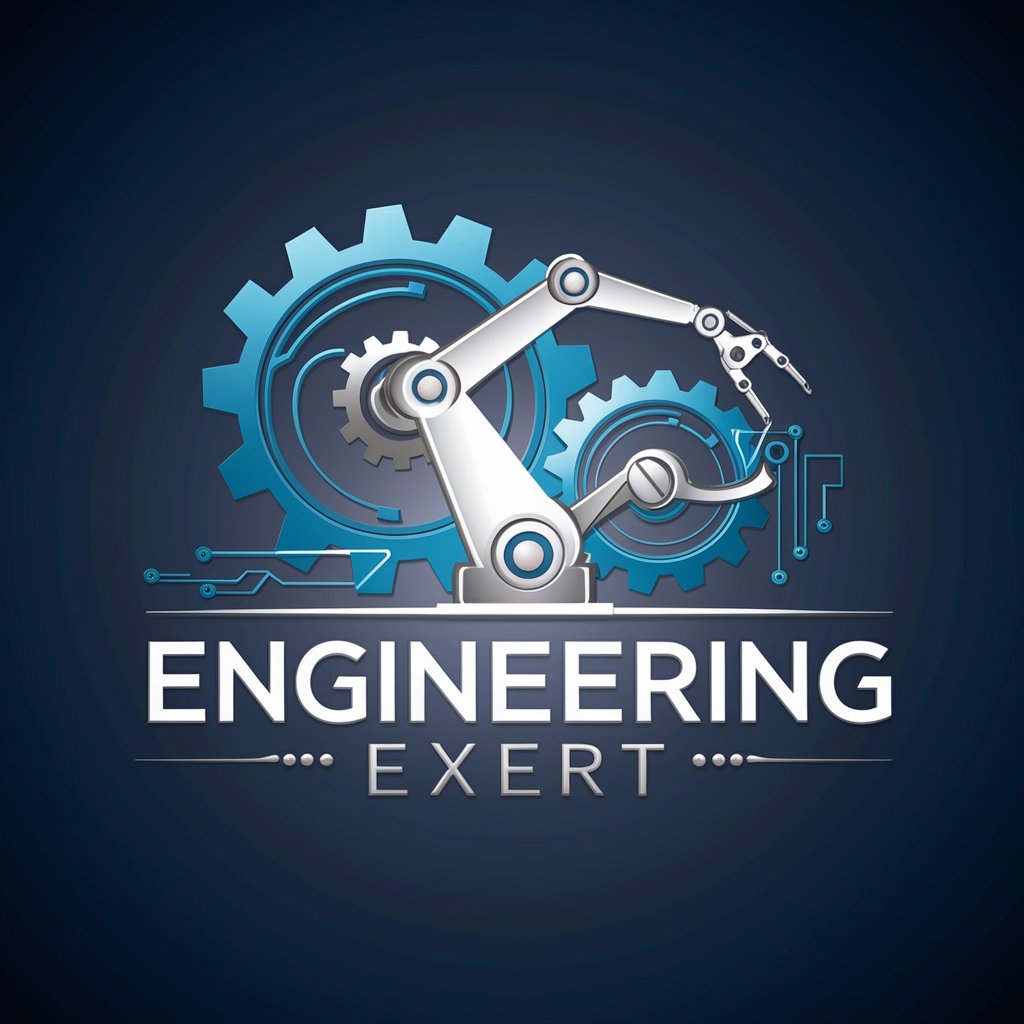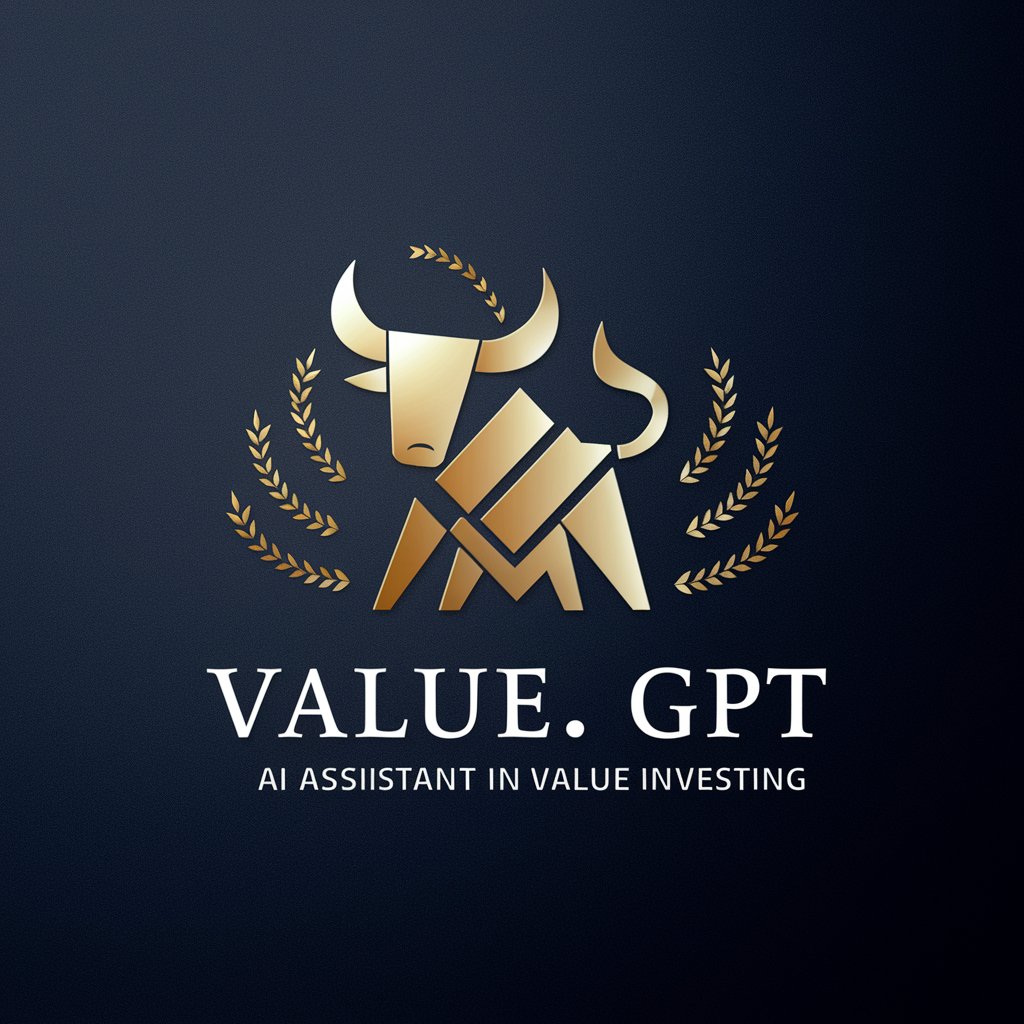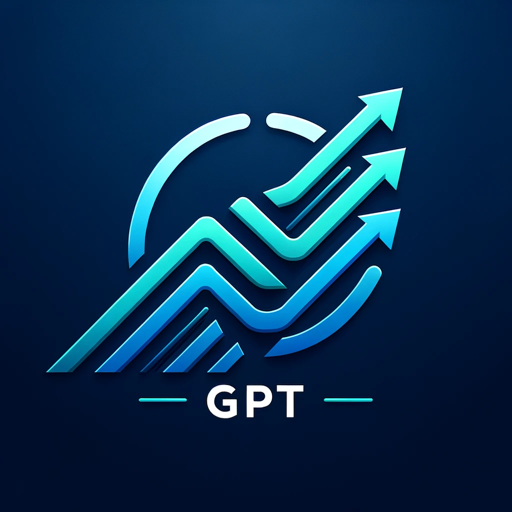
Determine Engineering Investment Type - tool for investment analysis.

Hello! I'm here to help you categorize your engineering investments.
AI-powered PR categorization and analysis.
Can you help me categorize this PR based on the engineering investment framework?
Which label best fits this engineering task?
What type of investment does this project represent?
How should we classify this engineering work in terms of investment?
Get Embed Code
Overview of Determine Engineering Investment Type
Determine Engineering Investment Type is designed to classify engineering tasks into specific investment categories based on a predefined framework. This tool helps users to identify whether an engineering project or task is focused on 'keeping the lights on' (KTLO), building new things, improving existing things, or enhancing productivity. For example, if an engineering team is tasked with updating their system to maintain performance standards, this would be categorized under KTLO because it is essential for maintaining current service levels without adding new features. Powered by ChatGPT-4o。

Key Functions of Determine Engineering Investment Type
Categorization of Engineering Projects
Example
Identifying whether a software update is needed to fix a security vulnerability (KTLO) or to add a new user feature (new things).
Scenario
An engineering team updates their payment system. If the update involves patching security flaws to prevent data breaches, it is categorized under KTLO. If it adds new payment options for users, it falls under new things.
Strategic Planning Assistance
Example
Helping teams decide how to allocate resources based on the type of investment required.
Scenario
A company may use this tool during their quarterly planning to decide how much of their engineering budget should go into KTLO activities versus elective investments like new features or productivity enhancements.
Enhancement of Investment Visibility
Example
Providing clear distinctions between types of investments to improve reporting and decision-making.
Scenario
A tech company could use the tool to track and report the percentage of their engineering resources devoted to KTLO tasks, helping to maintain transparency with stakeholders about how resources are being used.
Target User Groups for Determine Engineering Investment Type
Engineering Managers
These professionals can use the tool to classify tasks, manage team priorities, and ensure that resources are aligned with strategic goals. It aids in balancing between necessary maintenance and innovative projects.
Product Managers
Product managers benefit by understanding how different types of engineering investments impact product development and maintenance, enabling them to better plan product roadmaps and communicate with engineering teams.
Corporate Strategists
Strategists use this tool to visualize and strategize the long-term allocation of engineering resources, ensuring that investments are aligned with business objectives and maximize ROI.

How to Use Determine Engineering Investment Type
1. Visit yeschat.ai for a free trial.
Begin by visiting yeschat.ai. There is no need for a login or a ChatGPT Plus subscription to use the tool.
2. Familiarize yourself with the framework.
Review the investment framework, focusing on KTLO vs. elective investments, to understand the distinctions between categories.
3. Describe your PR succinctly.
Write a summary of your project or pull request, emphasizing its primary goals and nature.
4. Apply the framework.
Use the investment framework to classify your project by evaluating whether it's aimed at maintaining, improving, or creating new capabilities.
5. Use the recommended label.
Based on the analysis, choose one of the four available labels and apply it to your project.
Try other advanced and practical GPTs
Amiga Guru
Unlock the potential of Amiga with AI-powered support.

GOKU GPT
Empowering insights with AI-powered modeling
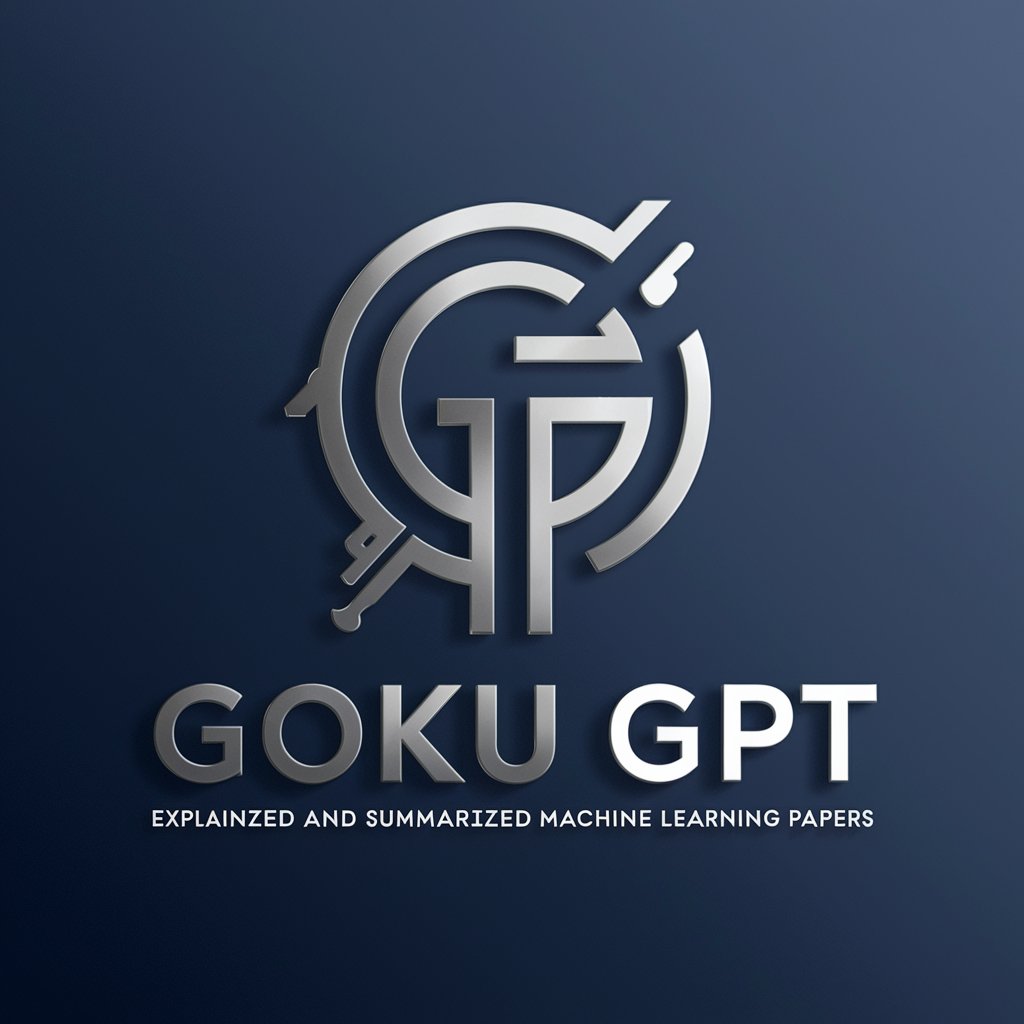
SAGE Navigator
Power Your Play with AI

Blog SEO Optimizer for Generative Search(SGE)
AI-powered blog optimizer for SEO success

Sticker Creator
Crafting your imagination into stickers

MVP GPT
Crafting Your Business Edge with AI
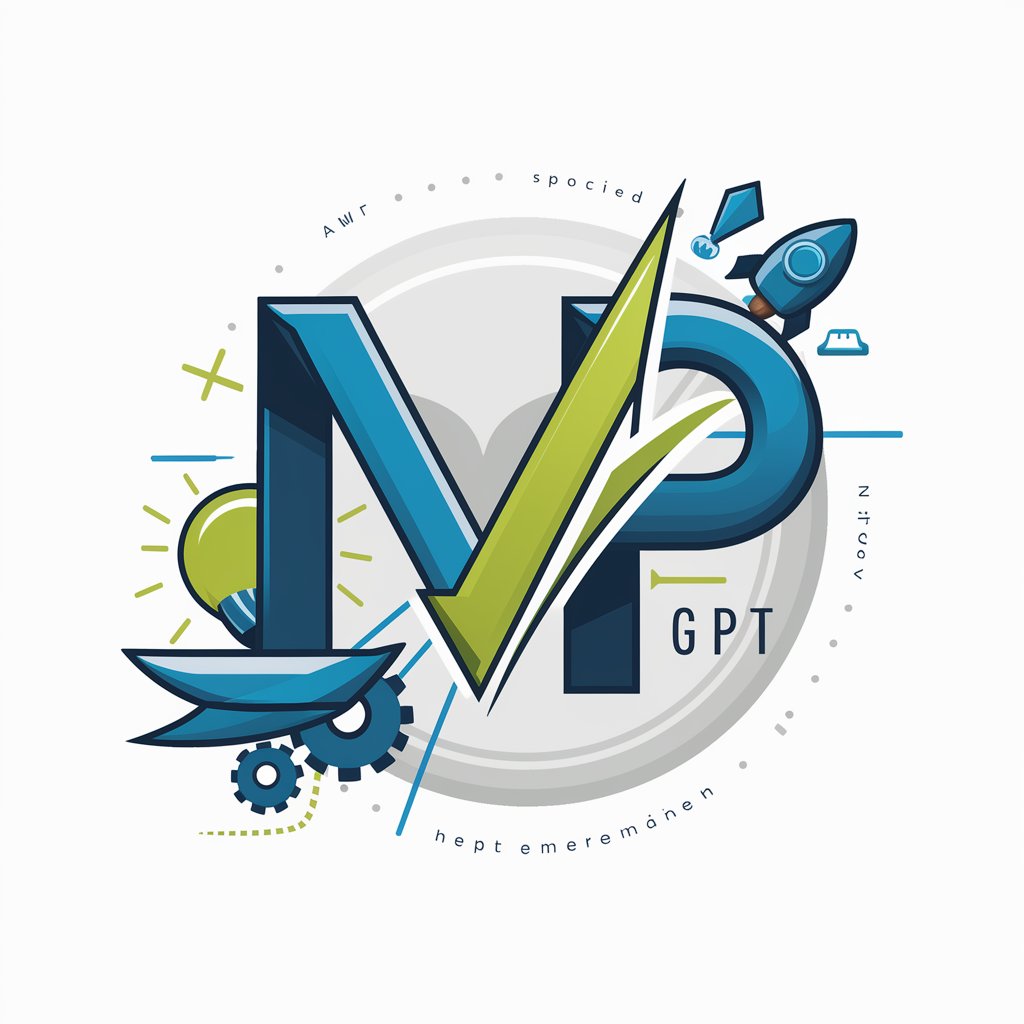
The Grand Heist Game
Plan, execute, and escape in an AI-powered heist adventure.

PokéMixer
Unleash Creativity with AI-Powered Design

Android Code Guru
Accelerate Android development with AI-powered guidance.
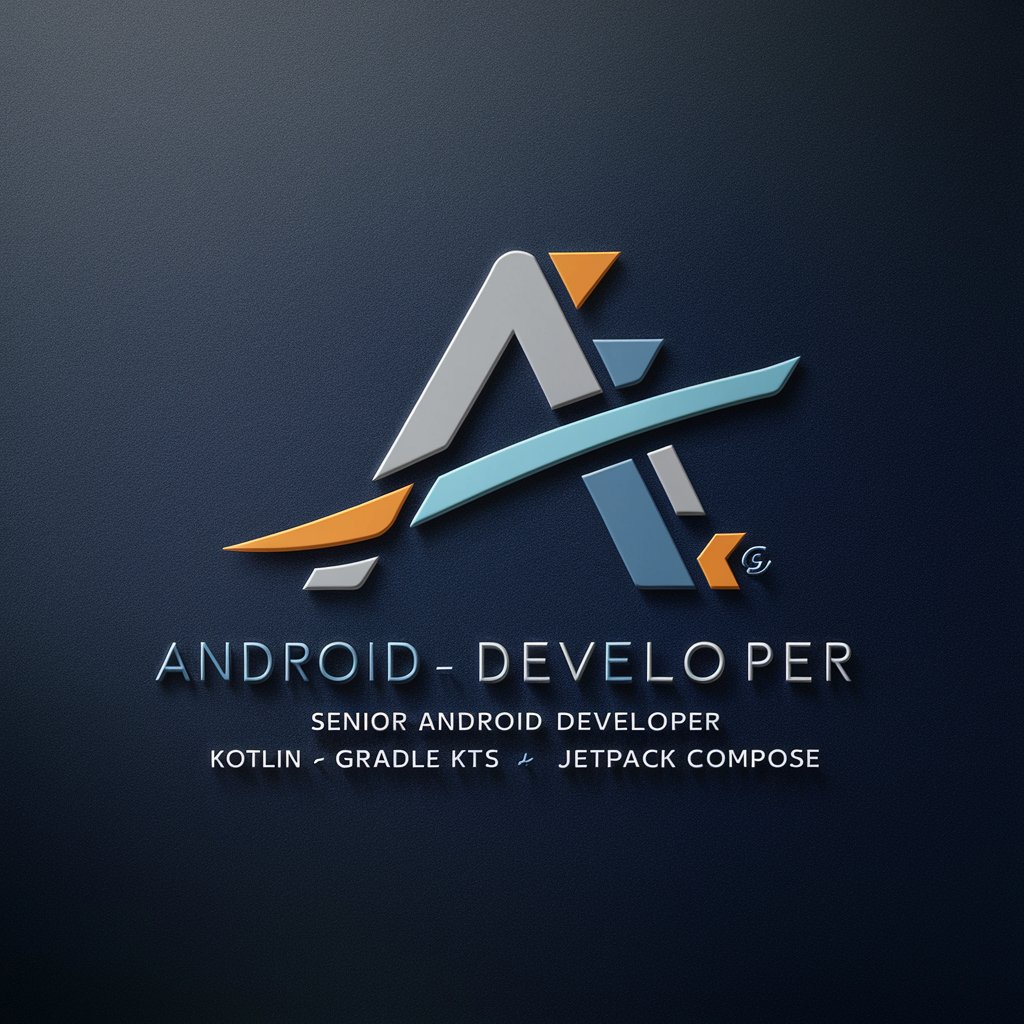
Tureng Eng-Tr
AI-Powered English-Turkish Translation

Plaksha Deep Learning Assistant
Empowering your AI journey with AI

Sophisticated NZ Legal Advisor with Links
AI-Powered Legal Insights for NZ

Common Questions and Answers About Determine Engineering Investment Type
What are the primary categories used in this framework?
The framework uses four primary categories: Keeping the Lights On (KTLO), Building New Stuff, Improving Existing Stuff, and Increasing Productivity.
How does the tool distinguish between KTLO and elective investments?
KTLO focuses on maintenance tasks required to keep services running, while elective investments are categorized based on improving, expanding, or creating new features.
Why is correctly categorizing work important?
Accurate categorization ensures resources are allocated appropriately, balancing the maintenance of existing services with innovation and growth-oriented projects.
Can this framework help identify investment gaps?
Yes, the framework can reveal areas where maintenance is consuming excessive resources or where elective investments aren't aligned with strategic goals.
What are some examples of productivity work?
Productivity work includes testing automation, code restructuring, and developer tooling improvements aimed at reducing time and effort for future projects.

